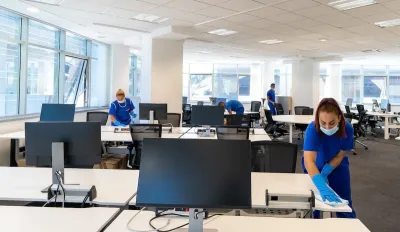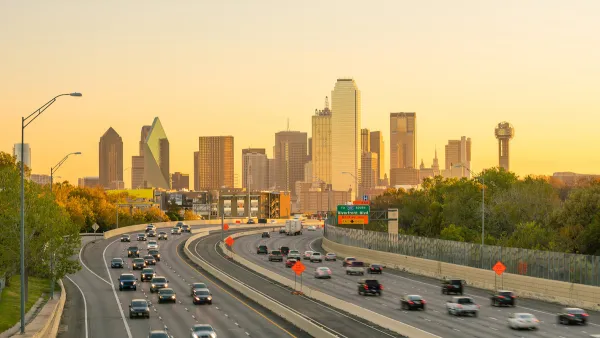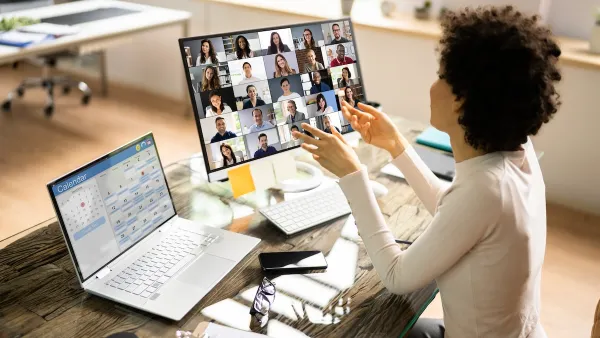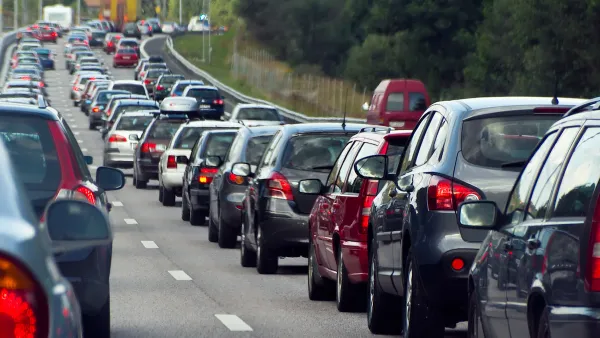The number of Americans who work from home rose sharply during the pandemic and remains high, posing important questions about the future of transportation and housing.

In a piece for Bloomberg CityLab, David Zipper outlines key ways that the rapid shift to remote work during and after the Covid-19 pandemic has altered U.S. cities.
Transit ridership has dropped and rush-hour gridlock has softened, while mid-day traffic has grown. Population patterns shifted as “Zoom towns” outside of major cities swelled with digital nomads who abandoned big-city business districts where highways and transit lines historically converge.
While some companies are taking a stricter stance on returning to the office, many workers are happy to keep working from home, making downtown offices largely obsolete. According to researcher Patricia Mokhtarian, who predicts that the remote work rate will continue to hover around 15 percent of U.S. workers, Covid has had a much longer-lasting impact on telework than prior disruptive events she’s studied, in part because new technologies allow more people to effectively do their jobs from outside the office.
Mokhtarian notes that while remote work can reduce vehicle miles traveled (VMT), its impacts on transit and air travel are less clear. “[I]t’s possible that people working from home are moving further outside the city. That can reduce transit use, and they might buy bigger homes that have more embedded carbon and require more energy to heat and cool.”
FULL STORY: Will Americans Ever Lose Their Taste for Telework?

National Parks Layoffs Will Cause Communities to Lose Billions
Thousands of essential park workers were laid off this week, just before the busy spring break season.

Retro-silient?: America’s First “Eco-burb,” The Woodlands Turns 50
A master-planned community north of Houston offers lessons on green infrastructure and resilient design, but falls short of its founder’s lofty affordability and walkability goals.

Delivering for America Plan Will Downgrade Mail Service in at Least 49.5 Percent of Zip Codes
Republican and Democrat lawmakers criticize the plan for its disproportionate negative impact on rural communities.

Test News Post 1
This is a summary

Test News Headline 46
Test for the image on the front page.

Balancing Bombs and Butterflies: How the National Guard Protects a Rare Species
The National Guard at Fort Indiantown Gap uses GIS technology and land management strategies to balance military training with conservation efforts, ensuring the survival of the rare eastern regal fritillary butterfly.
Urban Design for Planners 1: Software Tools
This six-course series explores essential urban design concepts using open source software and equips planners with the tools they need to participate fully in the urban design process.
Planning for Universal Design
Learn the tools for implementing Universal Design in planning regulations.
EMC Planning Group, Inc.
Planetizen
Planetizen
Mpact (formerly Rail~Volution)
Great Falls Development Authority, Inc.
HUDs Office of Policy Development and Research
NYU Wagner Graduate School of Public Service





























